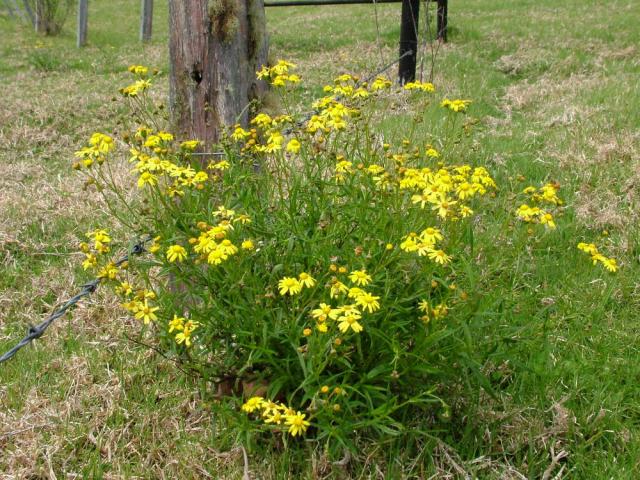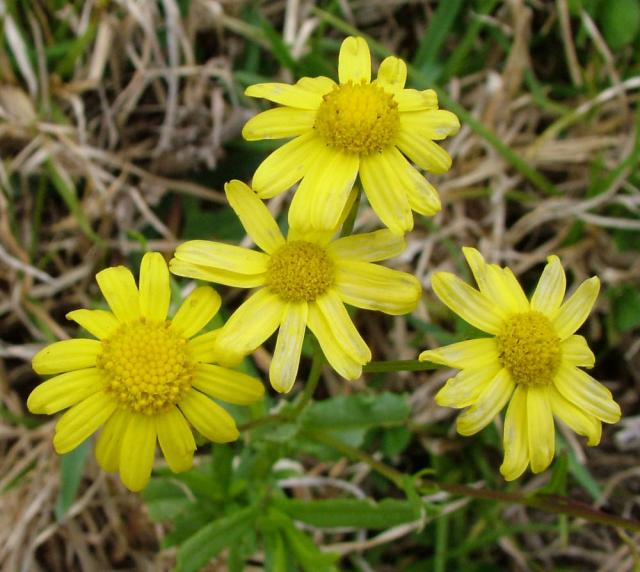
A fast-spreading, potentially toxic weed has been spotted in the South Burnett for the first time, prompting local and state government organisations to issue calls urging landholders to stay alert.
Fireweed (senecio madagascariensis) is a yellow, flowering weed similar in appearance to daisies, which was first recorded in Australia in 1918 after being introduced to the country from its native range of Madagascar and southern continental Africa.
The plant, which uses a variety of vectors to quickly propagate and compete with native plant species has seen a prolific increase in its spread over the past 30 years, being recorded in Queensland as far north as Gympie; now, fireweed has also been spotted in the Burnett.
“Targeted surveillance by Council Natural Resource Management Officers has detected isolated to scattered infestations of fireweed on 15 properties near Benarkin and Blackbutt,” a notice by the South Burnett Regional Council issued on Friday, 9 September, read.
“An official sample sent to the Queensland Herbarium has now been positively identified as fireweed.
“Further delineating surveying is currently being undertaken from the eastern boundary with Somerset Regional Council with areas west of Blackbutt to be surveyed as soon as possible,” the notice continued.
According to a fact sheet published by the Queensland Government’s Department of Science, Information Technology and Innovation and the Department of Agriculture and Fisheries, fireweed poses a risk to owners of grazing livestock, as the plant can be poisonous to cattle.
When cattle ingest too much fireweed, they may show symptoms of reduced weight gain, lower milk production, aimless wandering, loss of coordination, sensitivity to sunlight, and jaundice.
Severe poisoning from fireweed in cattle can lead to death by liver failure, with the dangerous plant retaining its toxicity in both its green and dry states, making it likely that hay or silage could be contaminated.
The Queensland Government stated that fireweed is generally unpalatable to most livestock, but due to its ability to choke out pastures and reduce available feed – heavy infestations can produce one million seeds per hectare – animals may resort to consuming the invasive weed out of starvation.
The South Burnett Regional Council has put measures in place for farmers who suspect their land is impacted by fireweed, urging those in question to get in touch with Council’s Natural Resource Management team.
“For formal identification please remove the suspected weed from the soil and seal in a plastic bag or container and bring into a Council Customer Service Centre for identification or leave the suspect plant in situ and contact Council on (07) 4189 9100 to arrange an onsite inspection by Council NRM Officers,” a notice by the SBRC read.
“For more information and support please contact Council’s NRM Department on (07) 4189 9100.”
Council has also released a six-page fireweed identification and control factsheet available on www.southburnett.qld.gov.au/downloads/file/776/ipa-fireweed-pp31.






